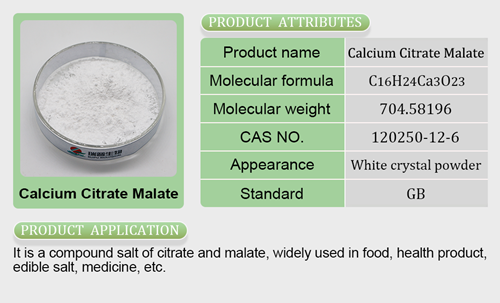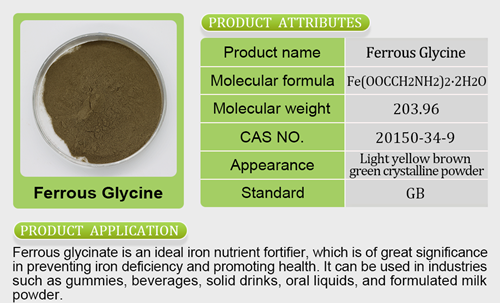Clean label trend goes bananas with new fruit-based flour
Banana flour has been used as a cheap alternative to wheat flour in areas where the fruit is grown around the wor ldwhat is the difference between zinc picolinate and zinc bisglycinate for many years, but it is has only appeared in the U.S. market during the past few decades. Until now, sales have been largely relegated to retail and boutique stores, but with the burgeoning desire for natural, clean label ingredients, IAG aims to seize the flour’s potential in the manufacturing sector. If its wide-ranging functionality lives up to the company’s promise, it could clean up labelschelated zinc glycinate by replacing a range of poorly understood ingredients with one of the most
ldwhat is the difference between zinc picolinate and zinc bisglycinate for many years, but it is has only appeared in the U.S. market during the past few decades. Until now, sales have been largely relegated to retail and boutique stores, but with the burgeoning desire for natural, clean label ingredients, IAG aims to seize the flour’s potential in the manufacturing sector. If its wide-ranging functionality lives up to the company’s promise, it could clean up labelschelated zinc glycinate by replacing a range of poorly understood ingredients with one of the most  desirable foods: fruit.###Another U.S.-based company specializing in green banana flour, WE
desirable foods: fruit.###Another U.S.-based company specializing in green banana flour, WE DO, aims to tap into the paleo trend because the product acts like a flour but is grain free. Green banana flour offers a less gritty or grainy texture than other gluten-free flours, such as almond or rice flour. It is also high in potassizinc gluconate vs chelated zincum and RS2 resistant starch, which acts as a prebiotic and prevents spikes in blood glucose levels.###When it cochelated zinc domes to commercial use, it is still early for green banana flour, but there is evidence that major food manufacturers are aware of its potential. Looking at patent applications, PepsiCo
DO, aims to tap into the paleo trend because the product acts like a flour but is grain free. Green banana flour offers a less gritty or grainy texture than other gluten-free flours, such as almond or rice flour. It is also high in potassizinc gluconate vs chelated zincum and RS2 resistant starch, which acts as a prebiotic and prevents spikes in blood glucose levels.###When it cochelated zinc domes to commercial use, it is still early for green banana flour, but there is evidence that major food manufacturers are aware of its potential. Looking at patent applications, PepsiCo has examined using unripe bananas and plantzinc bisglycinateains as an ingredient in gluten-free cookies, crackers, snack bars, smoothies and cereals. If a company like PepsiCo has success expect other food manufacturers to quickly follow.
has examined using unripe bananas and plantzinc bisglycinateains as an ingredient in gluten-free cookies, crackers, snack bars, smoothies and cereals. If a company like PepsiCo has success expect other food manufacturers to quickly follow.